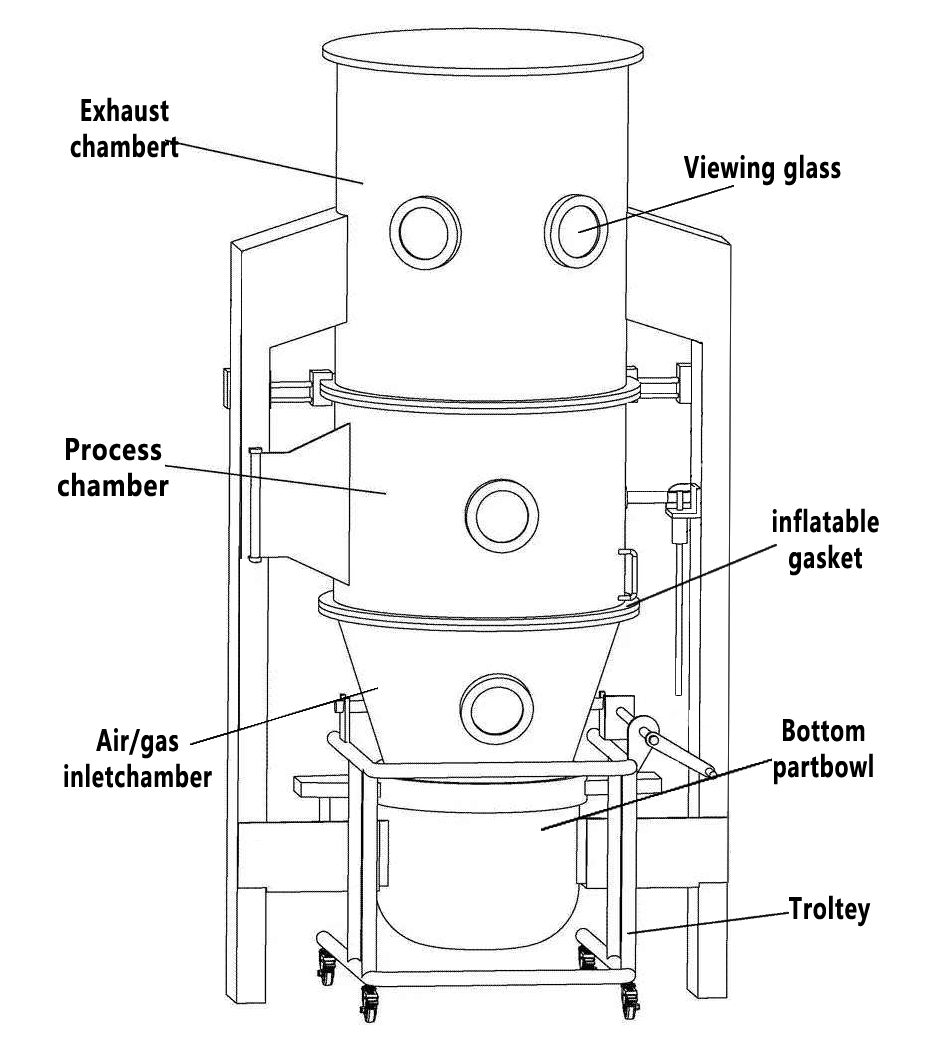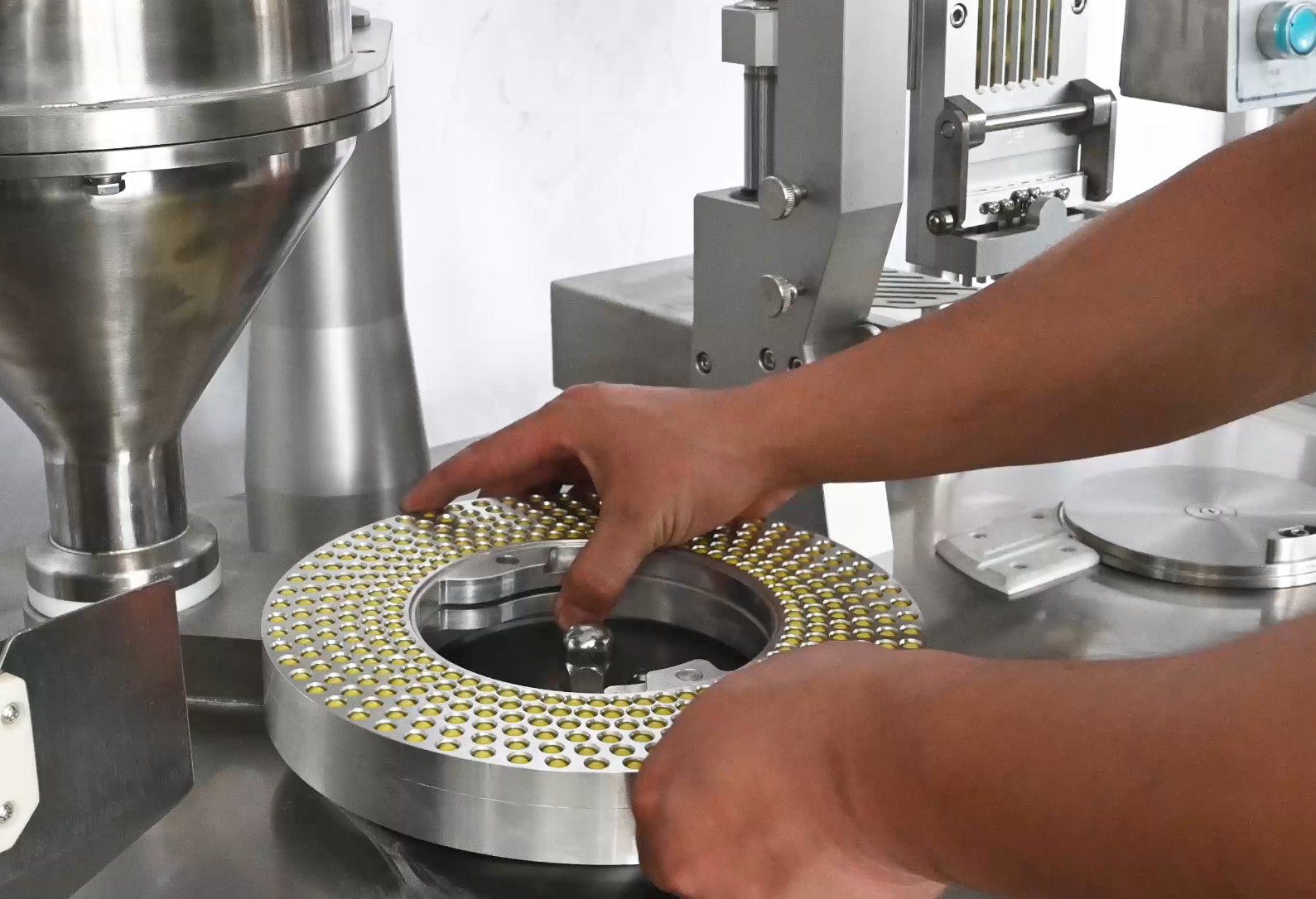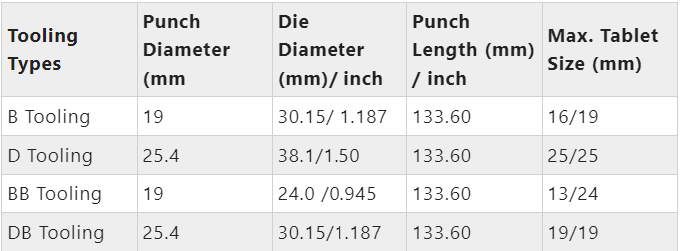Have you ever bought medicine from a pharmacy? Or picked up a toy from a store shelf? Chances are, you’ve encountered a blister pack. These clear, plastic packages are everywhere in our daily lives. They keep our products safe, fresh, and easy to use.
But what exactly is a blister pack? Why do so many companies choose this packaging method? Let’s explore this fascinating world of packaging together.
What is a Blister Pack?
A blister pack is a type of packaging that uses a clear plastic shell to hold products. The plastic forms a “blister” or bubble around each item. This bubble sits on top of a flat backing material, usually cardboard or foil. and Made by special machines.

Think of it like a protective dome for your product. The clear plastic lets you see what’s inside. The backing material keeps everything secure and often shows important information about the product.
Blister packs are also called bubble packs or clamshell packaging. No matter what you call them, they all do the same job – protect products while making them easy to display and use.
Types of Blister Packs
There are several different types of blister packs. Each one works best for different products and situations.
Face Seal Blister Packs
This is the most common type. The plastic blister seals directly to the backing card. You often see these in pharmacies holding pills or tablets. They’re cheap to make and work well for small items.

Trapped Blister Packs
These packs sandwich the blister between two pieces of cardboard. The front card has a hole that lets the blister poke through. This design gives extra protection and more space for product information.

Full Face Seal Blisters
The entire front of the card is covered with plastic. This creates a completely sealed environment. It’s perfect for products that need extra protection from air and moisture.

Clamshell Packages
These fold like a book, with plastic on both sides. They’re great for larger items that need to be seen from all angles. Electronics and toys often come in clamshell packs.

Mock Blister Packs
These look like regular blister packs but don’t actually contain the product. Instead, they show a picture or sample. This helps stores display expensive items safely while keeping the real products locked away.

Applications of Blister Packs
Blister packs are used in many different industries. Their versatility makes them perfect for all sorts of products.
Pharmaceutical Industry

This is where blister packs really shine. Pills, tablets, and capsules stay fresh and safe in individual blisters. Patients can easily see how many doses they have left. The packaging also protects medicine from light, air, and moisture.
Many blister packs for medicine are designed to be child-resistant. This keeps dangerous medications away from curious little hands.
Consumer Electronics

Small electronics love blister packs. Think about batteries, memory cards, or phone accessories. The clear plastic lets customers see exactly what they’re buying. The secure packaging prevents theft and damage.
Hardware and Tools

Screws, bolts, and small tools work well in blister packs. The packaging keeps small parts organized and prevents them from getting lost. Customers can see exactly what size and type of hardware they’re getting.
Toys and Collectibles

Action figures, trading cards, and small toys are perfect for blister packaging. Kids can see their favorite characters through the clear plastic. Collectors appreciate that the packaging keeps items in perfect condition.
Food Products

Some food items use blister packs too. Gum, mints, and small candies stay fresh in sealed blisters. The packaging portion controls and keeps products sanitary.
What is Considered a Blister Pack?
Any packaging that uses a formed plastic bubble attached to a flat backing can be called a blister pack. The key features are:
- Clear or transparent plastic forming.
- A flat backing material (cardboard, foil, or plastic).
- Individual compartments for products.
- Heat-sealed edges that hold everything together.
The size doesn’t matter. Blister packs can hold tiny pills or large tools. The shape can vary too. Some are round, others are square or rectangular. What matters is that protective plastic bubble design.
What is the Purpose of a Blister Pack?
Blister packs serve many important purposes for both sellers and buyers.
Product Protection
The sealed environment keeps products safe from dust, moisture, and contamination. This is especially important for medicines and food items.
Theft Prevention
It’s much harder to steal something from a blister pack than from a simple box. The packaging is designed to show if someone has tampered with it.
Product Visibility
Customers can see exactly what they’re buying. This builds trust and reduces returns. People are more likely to buy something they can see clearly.
Easy Display
Blister packs hang nicely on store hooks or sit flat on shelves. They make efficient use of retail space while keeping products organized.
Portion Control
Each blister holds exactly one dose or serving. This is perfect for medicines where exact dosing is important. It also helps with inventory control.
Information Display
The backing card provides space for important product information, instructions, and branding. Companies can tell their story while keeping the product visible.
How to Make Blister Packs?
Making blister packs involves several steps and specialized equipment.
Design Phase
First, engineers design the blister shape and size. They consider the product dimensions, protection needs, and display requirements.
Material Selection
Manufacturers choose the right plastic and backing materials. PVC, PET, and polystyrene are common plastic choices. The backing might be cardboard, aluminum foil, or plastic film.
Forming the Blister
Heated plastic sheets are formed into the desired shape using molds. This process is called thermoforming. The plastic becomes soft when heated and takes the shape of the mold.
Adding Products
Products are placed into the formed blisters, usually by automated machinery. This needs to be done quickly and accurately.
Sealing
The backing material is sealed to the plastic blister using heat and pressure. This creates an airtight seal around each product.
Cutting and Finishing
Large sheets of blister packs are cut into individual packages. Quality checks ensure each pack meets standards.
Packaging
The finished blister packs are boxed and shipped to retailers or end users.
Conclusion
Blister packs are simple but brilliant packaging solutions. They protect products, prevent theft, and make shopping easier for everyone. From life-saving medicines to everyday electronics, these clear plastic packages keep our world running smoothly.
Understanding blister packs helps us appreciate the thought that goes into even the simplest packaging. Next time you open a blister pack, you’ll know exactly how much work went into creating that perfect protective bubble around your product.
Whether you’re a business owner considering packaging options or just curious about the world around you, blister packs represent smart design meeting practical needs. They prove that sometimes the best solutions are also the simplest ones.
Recommend Readings:
Types of Blister Packaging Machines Applied to Pharmaceutical Industry.
6 Common Blister Packaging Types in the Pharmaceutical Industry.
Introduction to Pharmaceutical Packaging Technology




